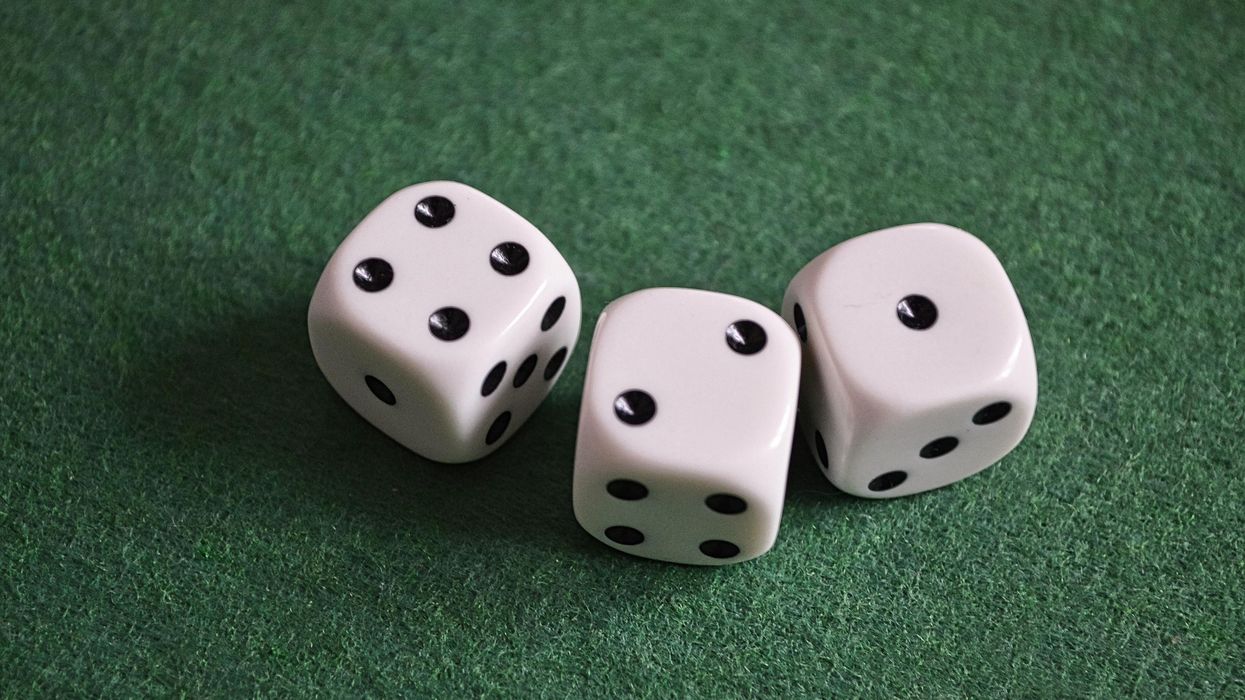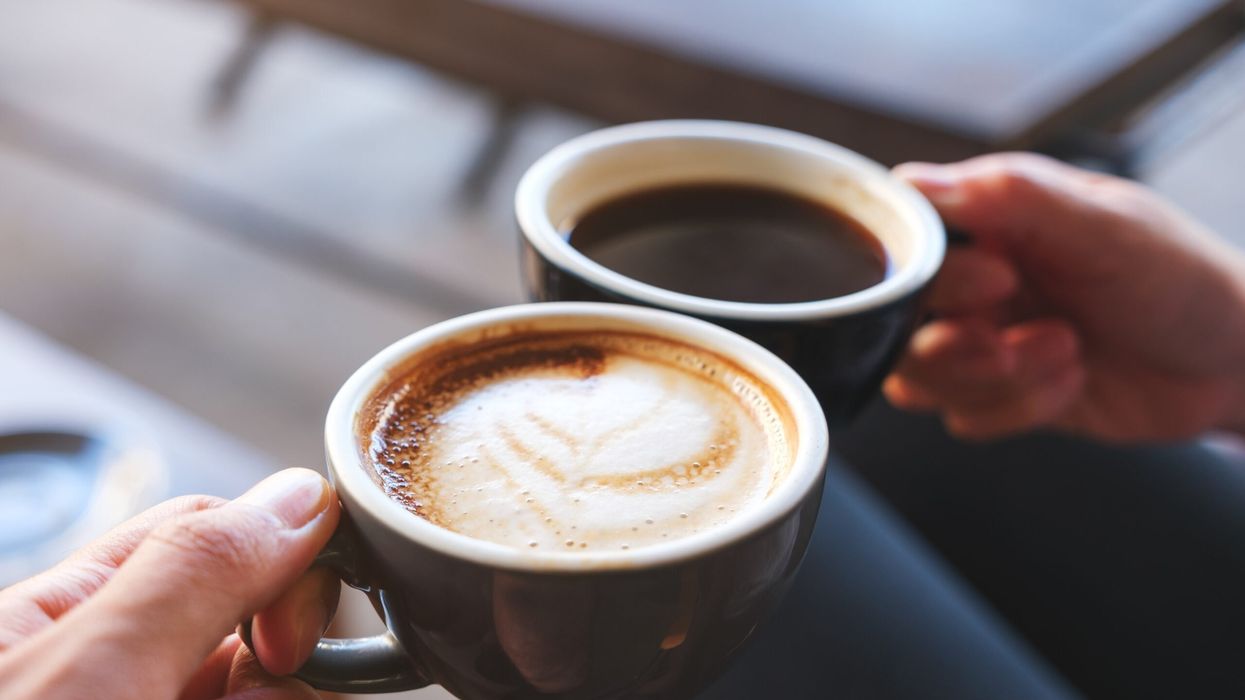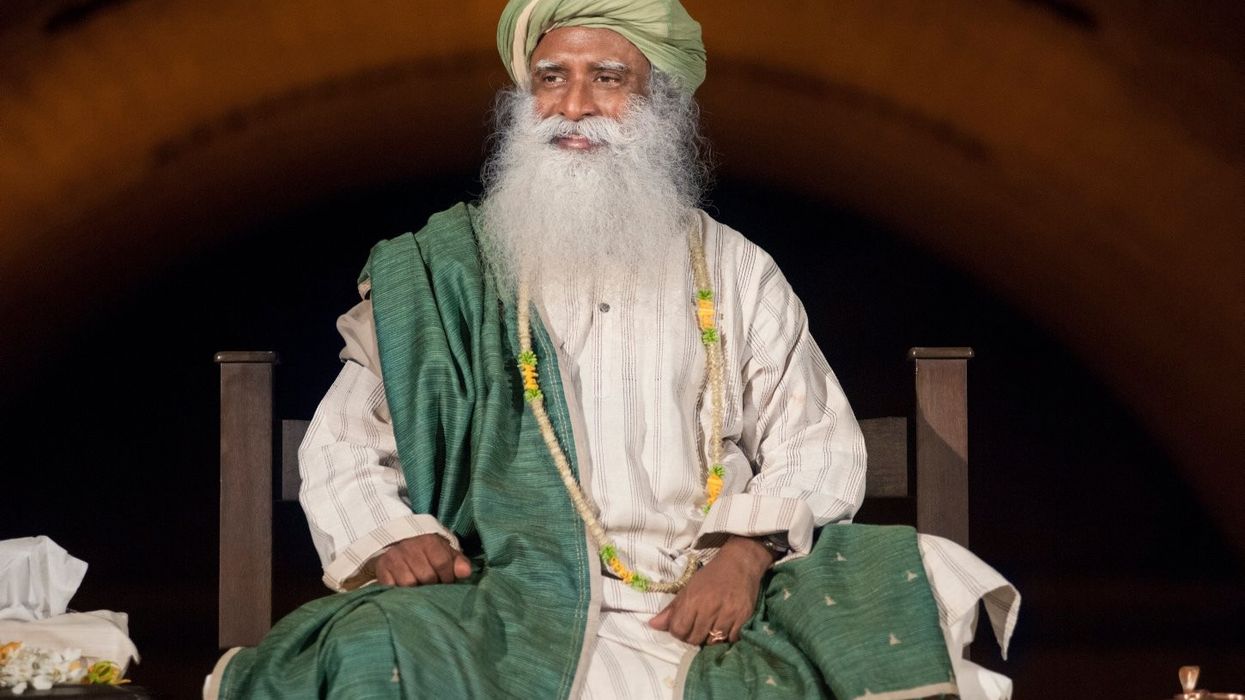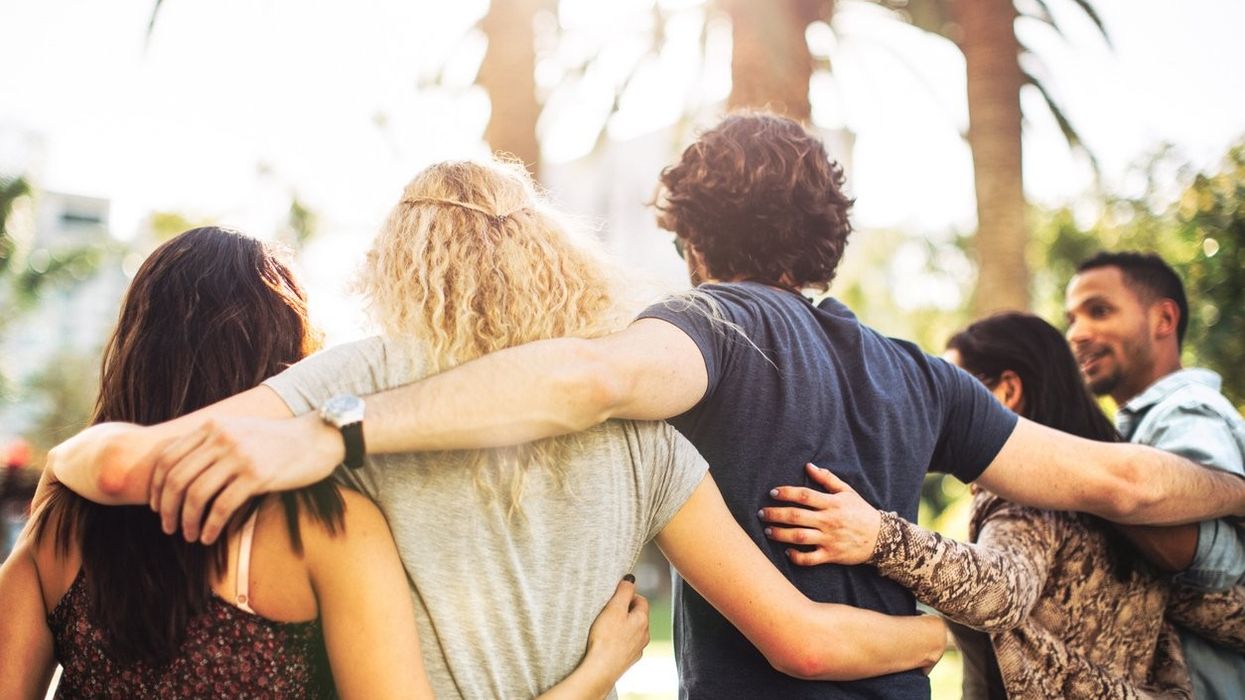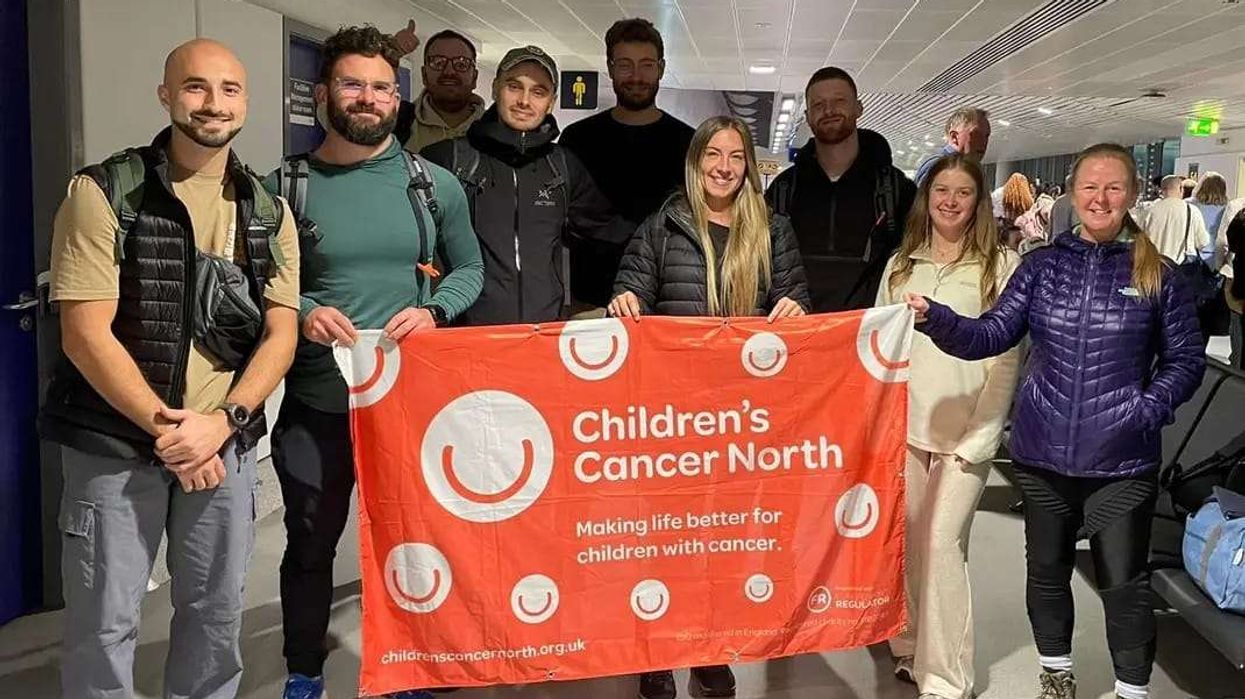LEESA GAZI GIVES A VOICE TO BANGLADESH WAR’S RAPE SURVIVORS
by MITA MISTRY
BIRANGONA meaning ‘brave woman’ was a term created as a mark of respect for the over 200,000 women and girls reportedly raped and tortured by the Pakistani army during Bangladesh’s 1971 Liberation War. After the country gained independence, the many women were silenced by their communities and their stories were hidden from the world. As time has gone by, many have passed away and their stories forgotten.
Leesa Gazi was 17-year-old when she came to know about these stories from her father and then later in 2010 she encountered these stories after a friend took her to meet 21 Birangona women in Sirajganj, Bangladesh.
She didn’t go with the intention of documenting their accounts, but after hearing their emotional encounters she thought others would want to know about their stories. Those first steps led the British documentary maker towards acclaimed film Rising Silence, which has brought the Birangonas’ wartime experiences to the world stage and highlighted the injustices survivors of the sexual violence faced in the post-war newly independent
country.
Eastern Eye caught up with Leesa Gazi to talk about her documentary, the long emotional journey she took and the importance of keeping stories of sexual violence alive.
Tell us about those initial steps towards bringing the Birangona women’s story to the world?
Since that initial meeting, I was holding on to their precious accounts. A year or so passed before I heard the inevitable – one of the women I met died. That hit me hard. I kept watching the video I recorded. I didn’t want to forget her face. Her name was Bahaton. That compelled me to return to Bangladesh with our theatre company Komola Collective to develop a theatrical piece based on their stories. After watching their own stories on stage, they said, ‘go, tell the world’.
What happened next?
During touring of the play in 2014, the Birangona women we met and knew were leaving us one by one. I felt the urgency to save their stories as a more permanent record. With each day, the Birangona women of Bangladesh were dying out, and with them their stories, which we, as part of an international community striving to end sexual violence in conflict, cannot afford to ignore.
What was the experience of making the documentary film?
I began this journey to make a film about some of the extraordinary Birangona women I met. At the end of the journey, I realised that them sharing their lives and how they had tried to heal showed me how to find myself and what I am capable of as a woman. Their stories have given me a sense of humanity and pride I have never experienced before. The human capacity to endure and thrive is innate. We don’t know our full potential in terms of strength, resilience, compassion and our power to love until we are tested. Their stories are living proof of that.
Can you share a memorable moment from this extraordinary journey you took?
Meeting Mr Zikir Ali was a serendipity moment. After filming Rajubala’s (one of the survivors in the film) accounts in her village, we were leaving the area. Suddenly Rajubala’di stopped and pointed to an older man approaching us. “Look, it’s Zikir Ali brother. He saved me and took me home after the Pakistan army left”. Rajubala’di had not seen him for many years and for him to emerge right there out of the horizon was an amazing coincidence. Throughout the making, there had been other chance meetings like this, which propelled the film.
What was the biggest challenge of making the documentary?
During the first stage of the filming, we were on the road for 37 days, travelling through Bangladesh. It was quite a frightening time in November/ December 2015 when we started shooting. Our morale had been deflated by the horror of blogger killings by religious extremists. The killings of some foreign nationals also happened around that time. We were very concerned about safety. So to continue the filming across cities and villages was one of the biggest challenges we had faced. Bangladesh police helped us tremendously. They ensured our safety by arranging and ensuring police security for us throughout our journey. Otherwise, it would have been impossible to continue.
Did the experience have an emotional impact on you?
It has profoundly changed my perspective on life. But that’s another story to tell.
What were the most surprising things you learned?
One thing that struck me was how they looked out for fellow survivors, which I thought was unique to them. But meeting other survivors across the globe made me realise it’s quite common. One of the women said, “We open our hearts to each other. That is how we pass our days.” They would also seek refuge in nature, songs and singing. Music has been their coping mechanism. Tell us more about the film. I hope this film will make the world see ordinary South Asian women in a different light in a way it has never cared to before. Their resilience, bravery, openness, tremendous sense of love and compassion have shone through their deeply inspiring stories, along with their appreciation of beauty, nature, and music.
How important is it to highlight stories like this from history?
Rising Silence documents the lives of Bangladeshi women who, among thousands of others, suffered brutal sexual violence in the Liberation War of Bangladesh in 1971. That conflict remains one of the first recorded cases of rape used as a weapon of war in the 20th century. It is vital to address and listen to survivors’ stories from the past. If we ignore or dismiss sexual violence perpetrated in the past, then the pattern of using rape as a weapon of war will not stop. So the relevance of this documentary is apparent as women continue to bear the brunt of sexual violence in armed conflicts to this day.
How important is the issue of women’s rights in countries like Bangladesh, India and Pakistan?
It’s crucial as with any other country. You will continue to tell stories about women and/or from their perspectives, but what according to you makes for a good documentary film?
Films that reflect humanity or the lack of it to provoke change.
What inspires you?
Extraordinary deeds of ordinary people inspire me.
www.risingsilence.co.uk & Twitter: @LeesaGazi
